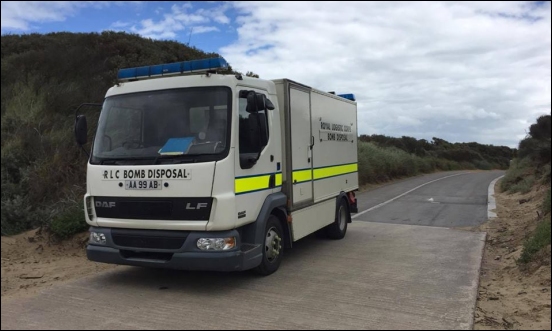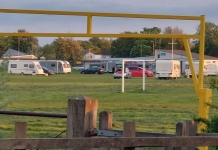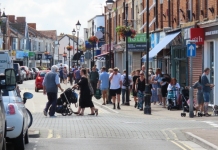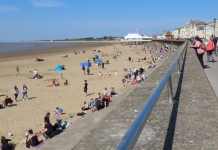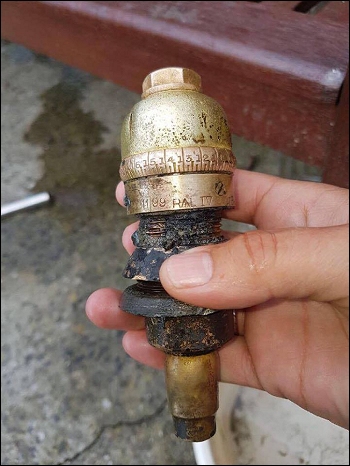 Berrow beach was cordoned off on Monday (July 31st) as a bomb disposal team was called in to investigate the discovery of a piece of wartime ordnance.
Berrow beach was cordoned off on Monday (July 31st) as a bomb disposal team was called in to investigate the discovery of a piece of wartime ordnance.
Burnham Coastguards were called out shortly after 10am after the find of a WW1 Shrapnel Projectile on the sands.
A Coastguard spokesman said: “An ordnance was uncovered on Berrow beach by someone using a metal detector – they’d found an interesting item and started to clean it before realising that it could indeed be a piece of historic military ordnance and still be dangerous to be handled.”
“They had then done the right thing and left the item alone, marked its location, and notified the nearby RNLI lifeguards who quickly called 999 for the Coastguard.”
“On arrival at the scene our Station Officer, who has several years experience of dealing with such items in the military, looked at the pictures that had been taken, and agreed that a safety cordon should be maintained to keep the public away and further expert advice sought.”
He added: “The local Police arrived soon after and agreed with that action. Pictures of the device were sent to our control team for them to send on to the Royal Logistics Corps Bomb Disposal unit who were on their way to the scene.”
“Along with the Police, we maintained the cordon until the Army arrived and, after inspecting the item, they decided it did not need to destroyed in location but was safe for them to remove for future disposal.”
“In this case it is thought that the find was the fuse section of a WW1 Shrapnel Projectile. Shrapnel shells were anti-personnel artillery munitions which carried a large number of individual bullets close to the target and then ejected them to allow them to continue along the shell’s trajectory and strike the target individually.”
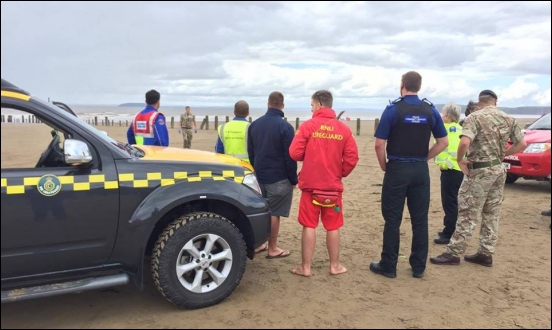
“The rest of the shell had corroded away over the years in the sand, leaving just the fuse and dozens of the ball like bullets.”
“It really is better to be safe than sorry as thousads of historic items are still left hidden on our beaches from the years that they were used as training grounds for our military forces.”
He said: “Remember that ordnance comes in many different shapes and sizes and so if you see something suspicious don’t touch it, pick it up or take it home.”
“Leave it where it is, take photos or make notes about its size, what it looks like and where it is so the experts in Explosive Ordnance Disposal (EOD) can decide if it’s safe or not, then dial 999 and ask for the Coastguard or, if on a lifeguarded beach, contact one of the RNLI lifeguards.”

